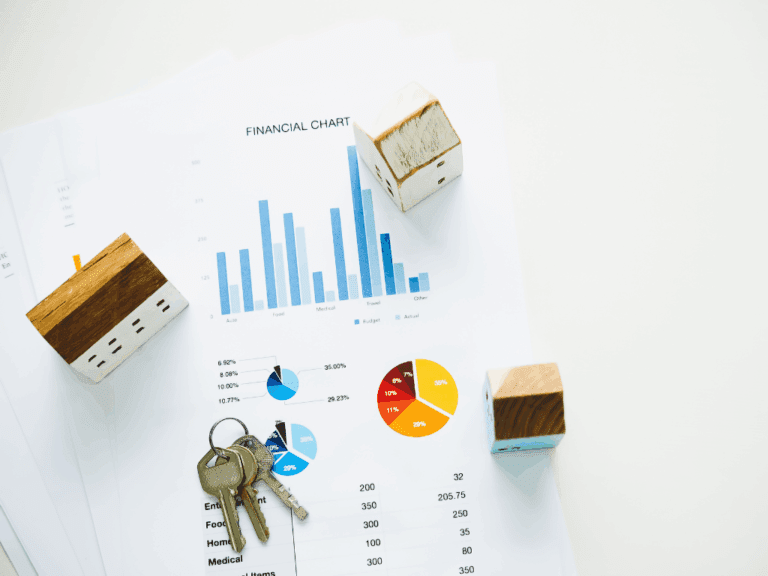Here’s What You Need to Know Before Making a Move
One of the most common and important questions I get from homeowners is this:
Should I sell my current home before buying a new one, or buy first and sell after?
The answer depends on several key factors: the market you’re in, your financial situation, and your tolerance for risk. Below is a breakdown of each approach to help you make a well-informed decision.
Option 1: Sell First, Then Buy
This is generally considered the more financially cautious route, especially in a balanced or buyer’s market where homes take longer to sell.
Advantages:
- You’ll know your budget. Selling first gives you clarity on your available equity, which makes budgeting for your next home easier.
- Reduced financial pressure. You avoid the stress of carrying two mortgages or relying on bridge financing.
- Stronger negotiating power. With no home to sell, you’re often in a better position when making an offer on your next property.
Drawbacks:
- Tighter timelines. If you don’t find a new home quickly, you may need temporary accommodations or storage solutions.
- Risk of feeling rushed. You might feel pressure to settle for a home that’s “good enough” rather than one that truly fits.
When it works best: When the market is slower or you’re not in a position to handle two homes at once. It’s also ideal if you’re comfortable with a temporary living arrangement between homes.
Option 2: Buy First, Then Sell
This can make sense in a fast-moving or seller’s market, especially when inventory is limited and desirable homes sell quickly.
Advantages:
- You secure your next home first. This gives you more control over your move and allows you to take the time to find the right property.
- You avoid being in transition. Moving directly from one home to another reduces disruption and can be more comfortable for families.
- Flexibility with showings and staging. You can prepare your current home for sale without living in it.
Drawbacks:
- Financial overlap. You may need to carry both homes temporarily or qualify for bridge financing.
- Uncertainty in selling. Your current home may not sell as quickly or for the price you expect.
When it works best: In a strong seller’s market where homes are selling fast, or when you’re financially secure enough to manage owning both properties temporarily.
How to Decide What’s Right for You
Here are a few questions to consider:
- What is the market like in your specific price point and neighborhood?
- Do you have the financial ability to carry two properties temporarily?
- Are you comfortable with the idea of moving twice if needed?
- What is your risk tolerance?
As a REALTOR®️ who closely tracks the Edmonton market, I work with clients on both sides of this question regularly. I help you look at market conditions, financing options, and timing so you can make a smart, strategic decision, not just a quick one.
The Bottom Line
There’s no one right answer, just the right answer for you. Whether you’re planning to buy, sell, or both in the next 6 to 12 months, start by building a plan. Even if you’re not ready to act today, having a strategy in place can help you move quickly and confidently when the time is right.
If you’re thinking ahead to your next move, let’s talk. I’ll help you weigh your options and build a path that works for your goals.










